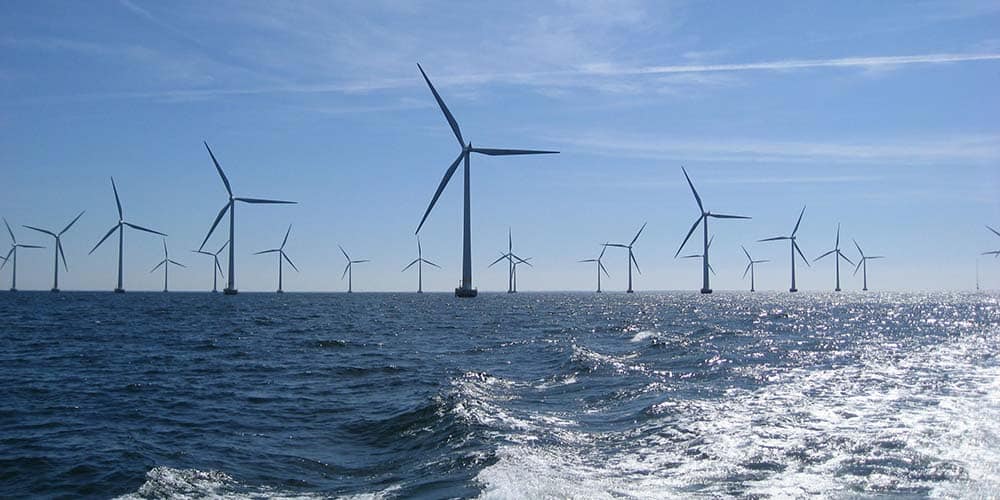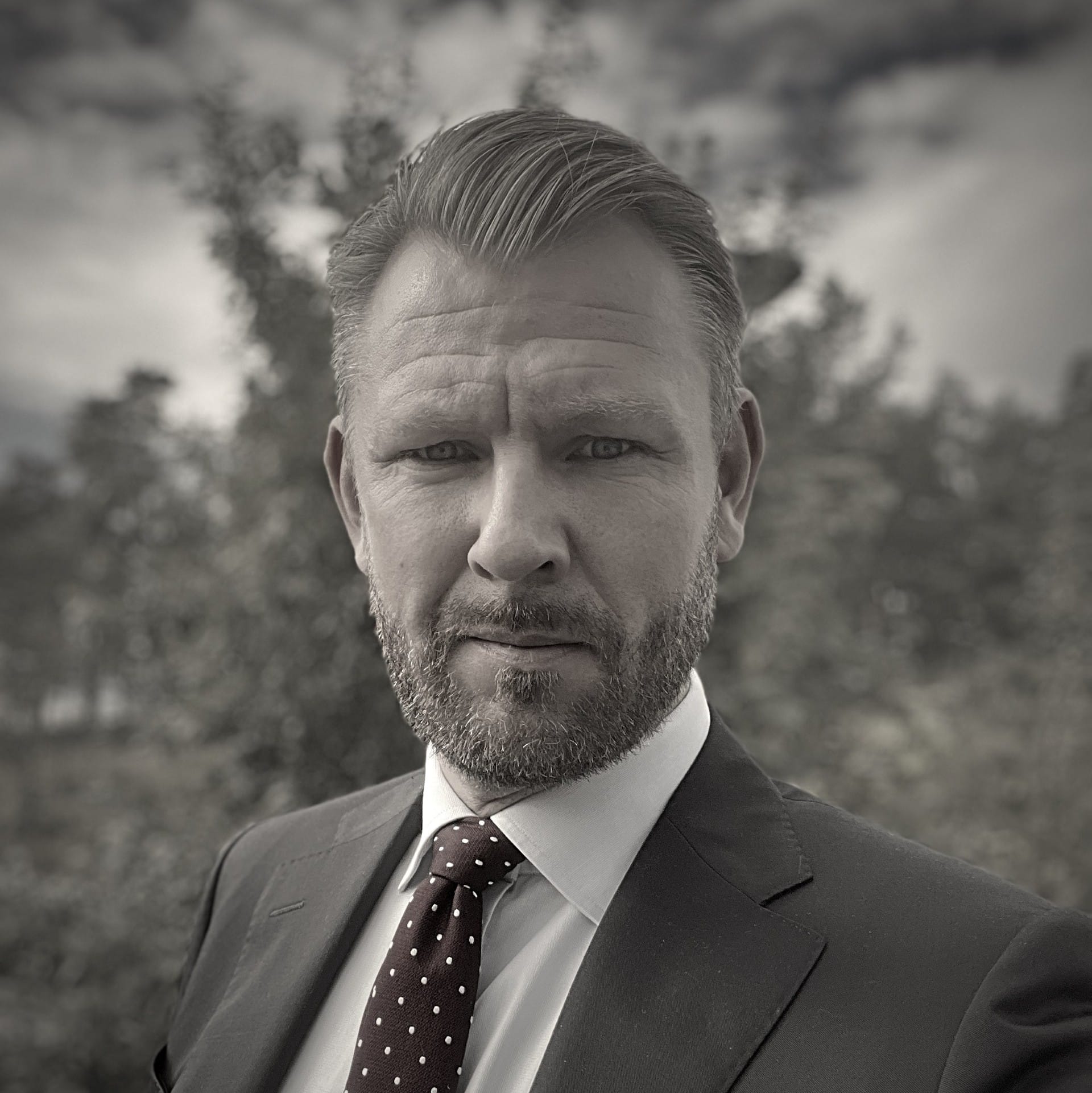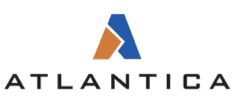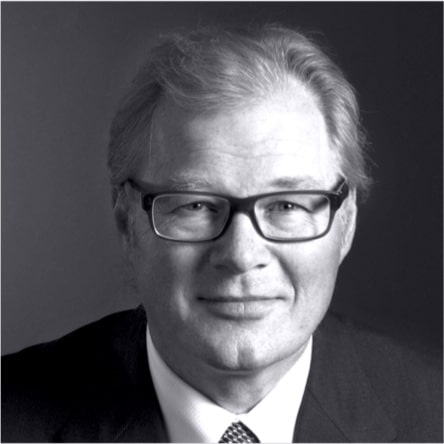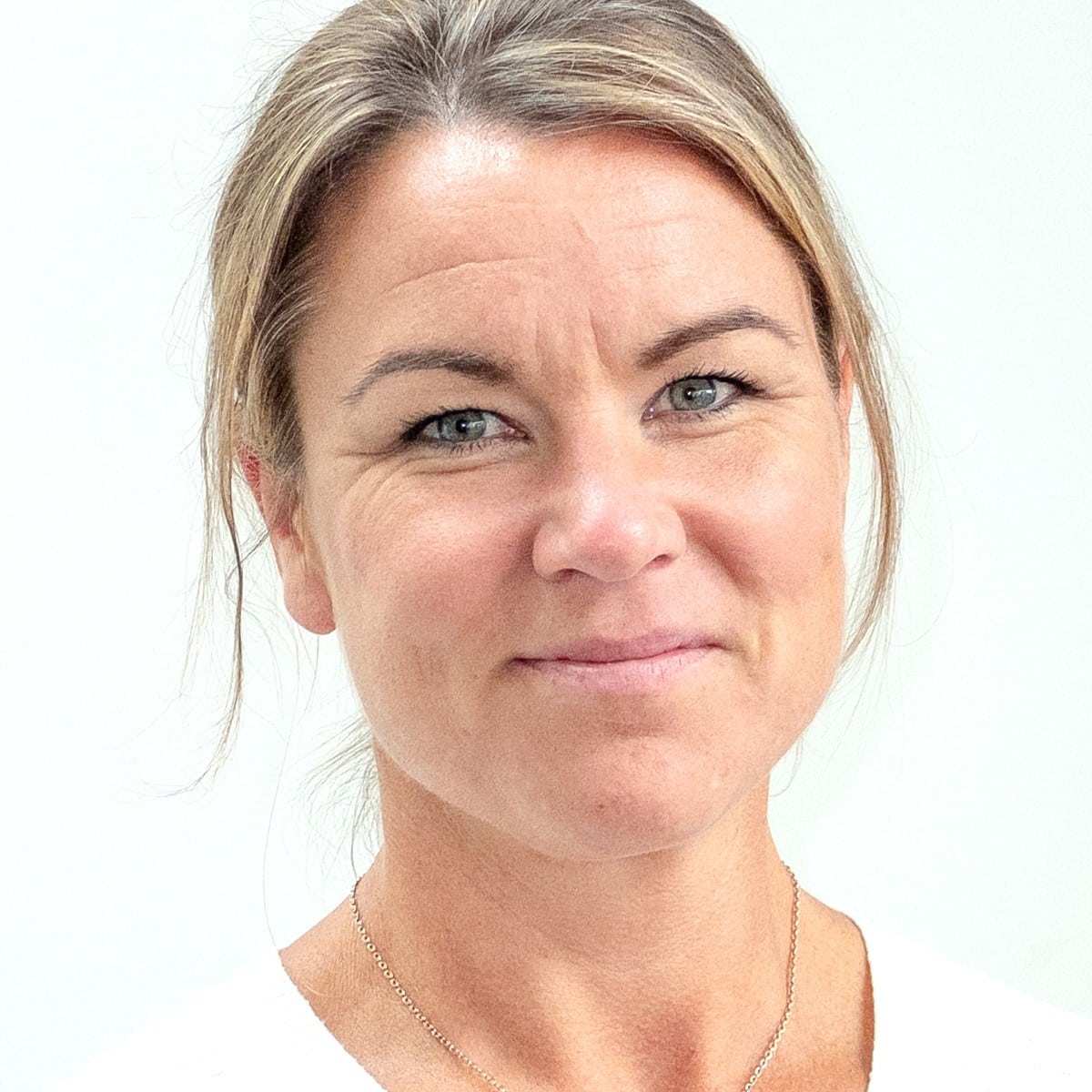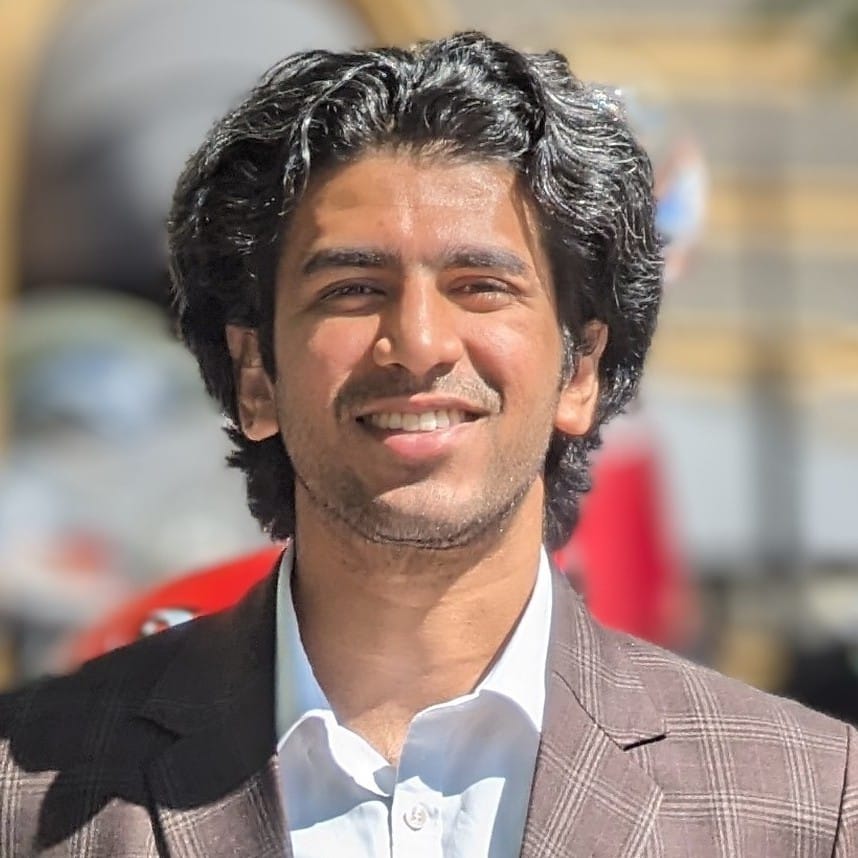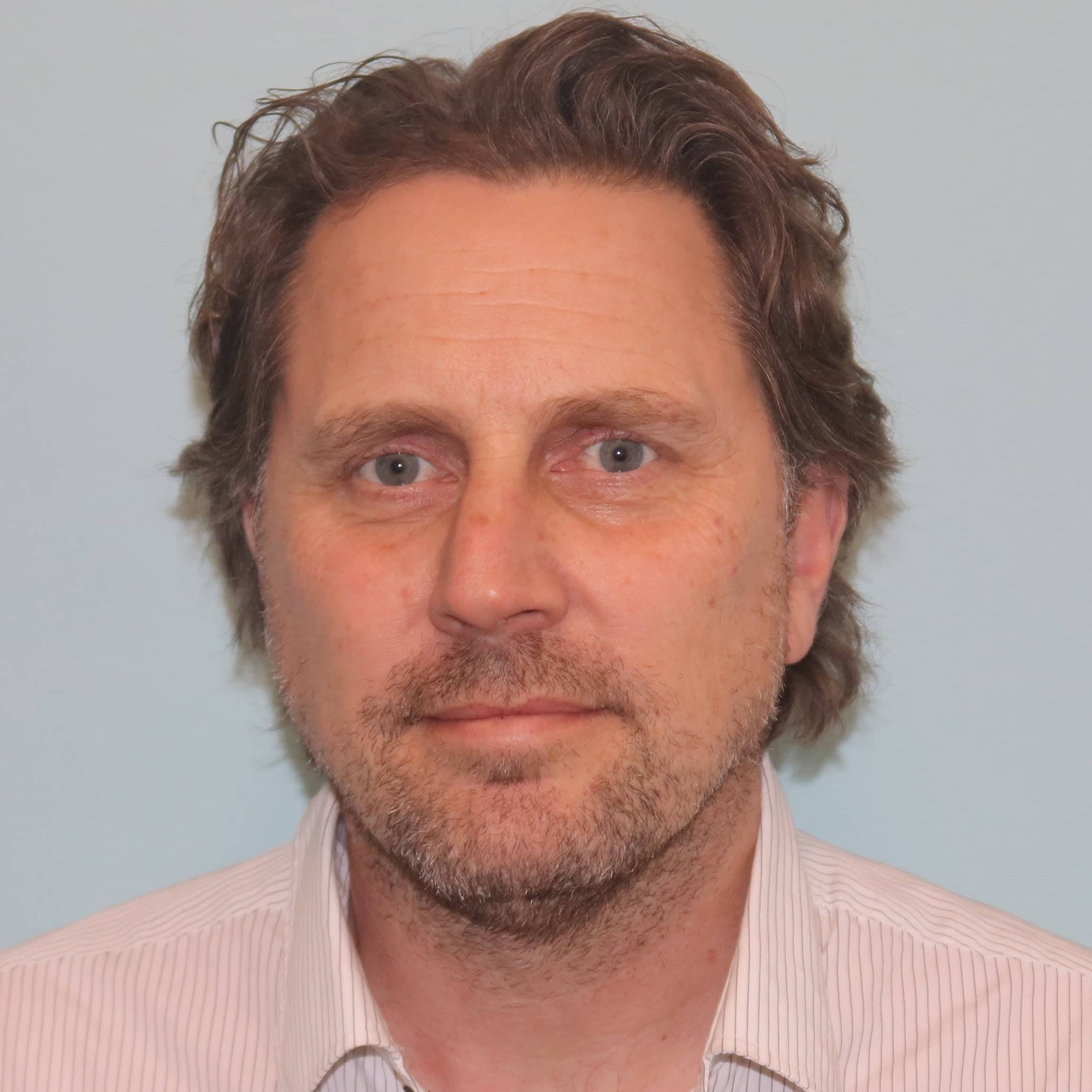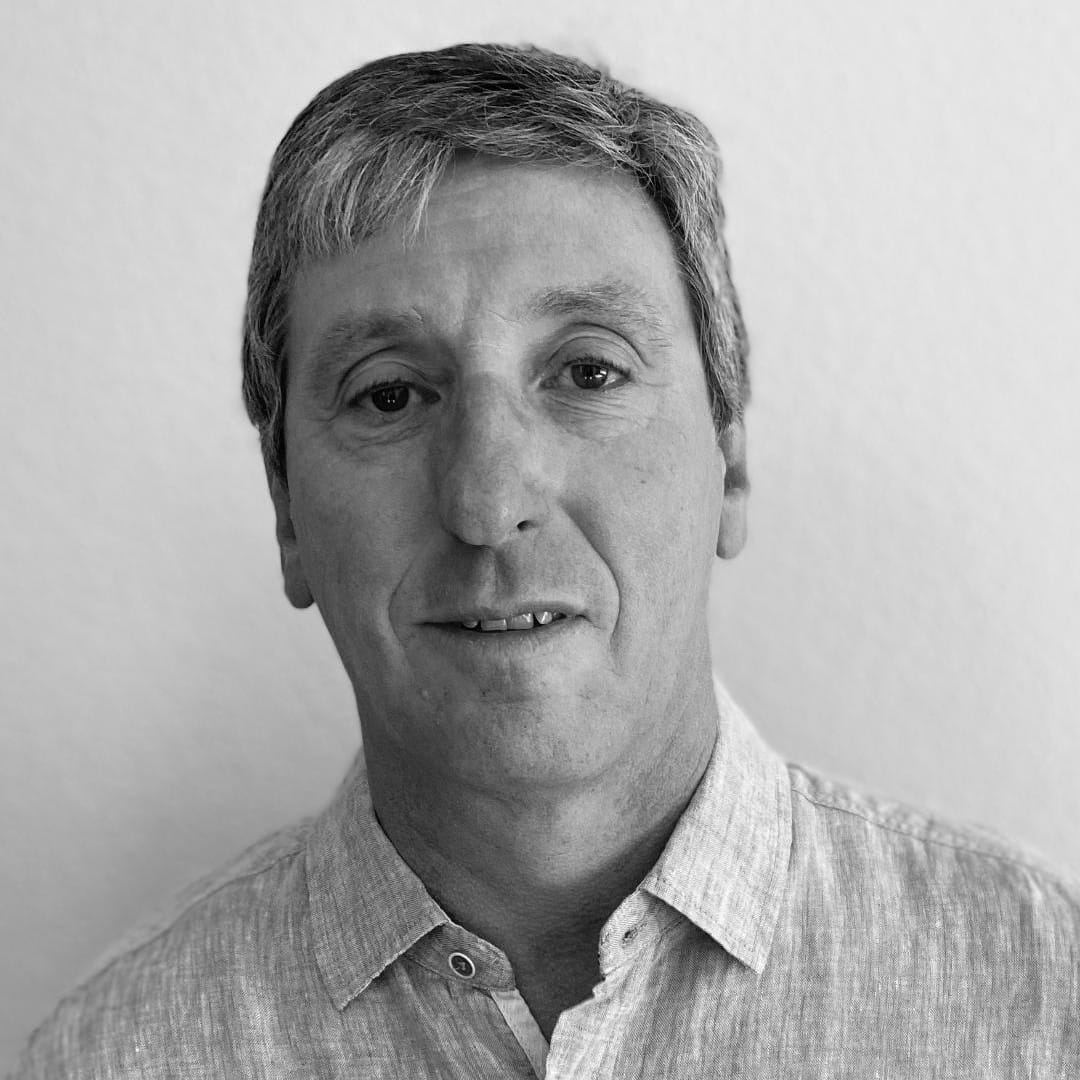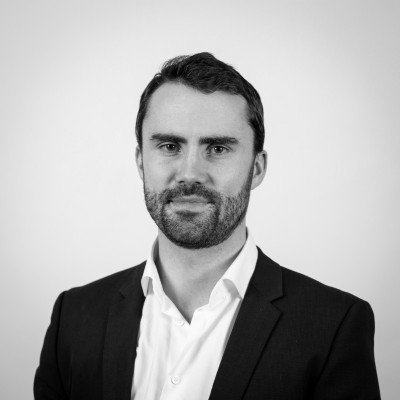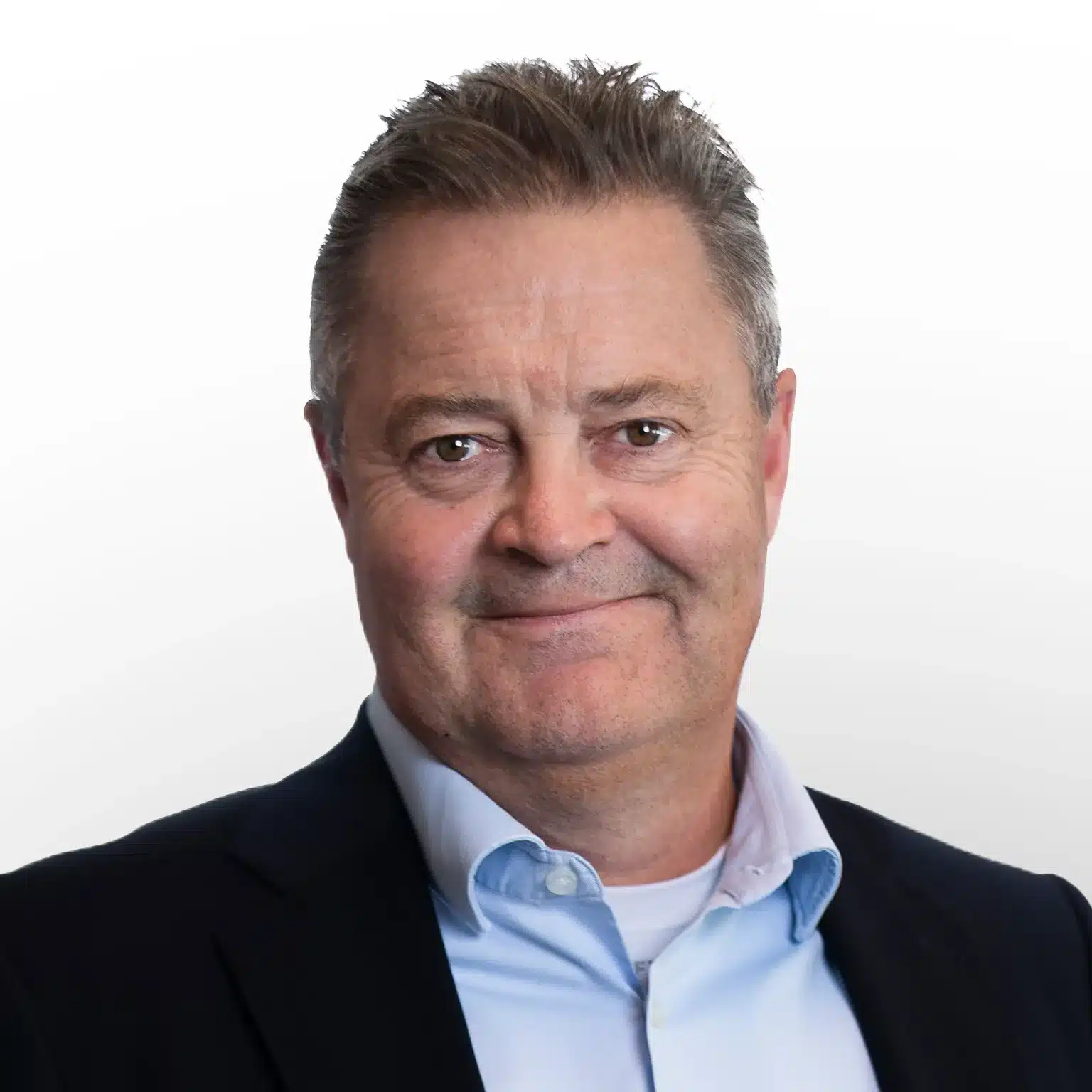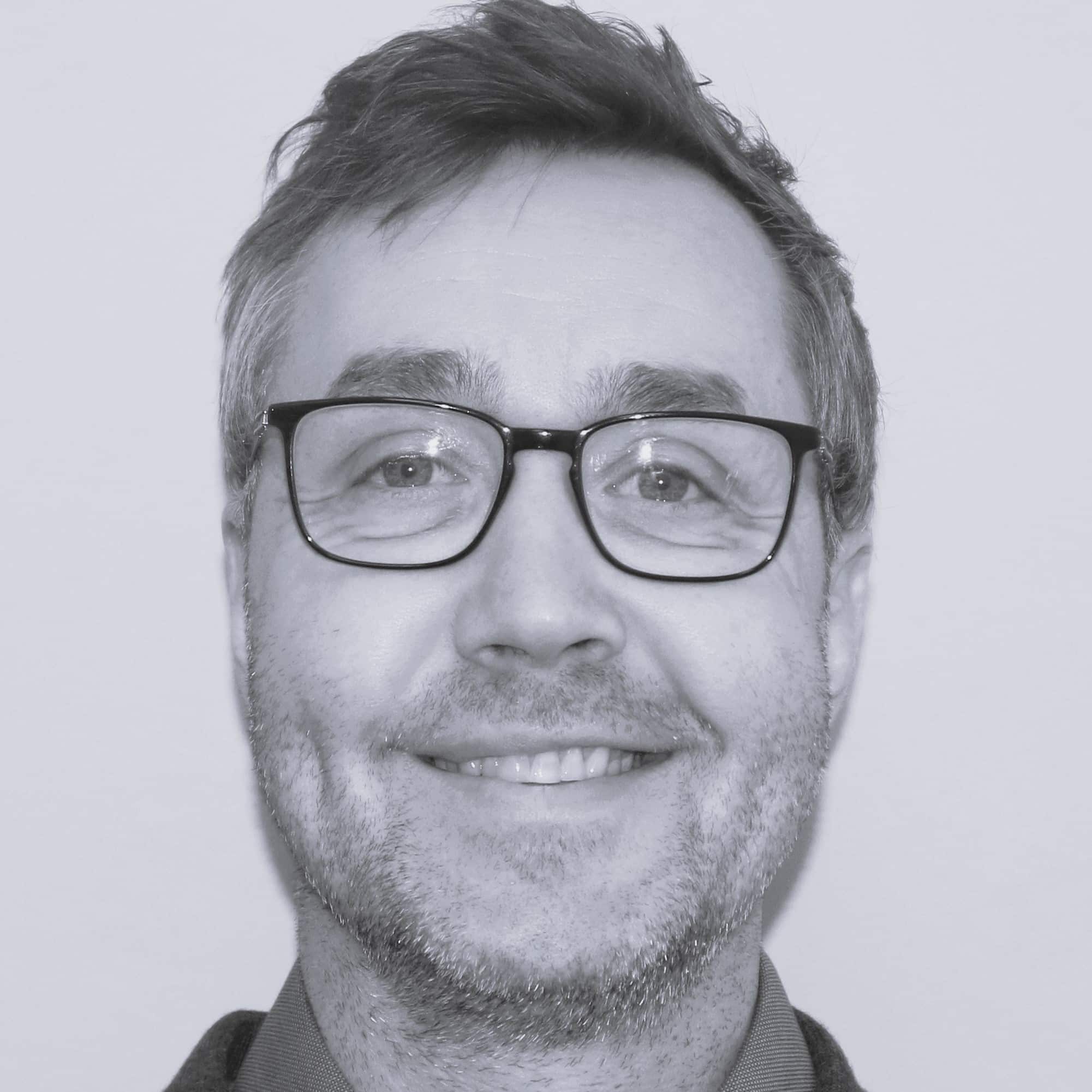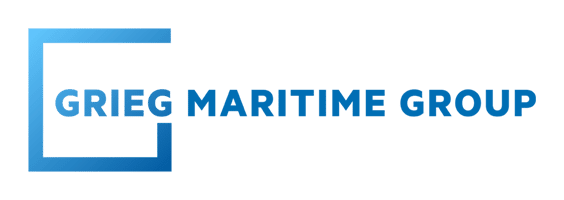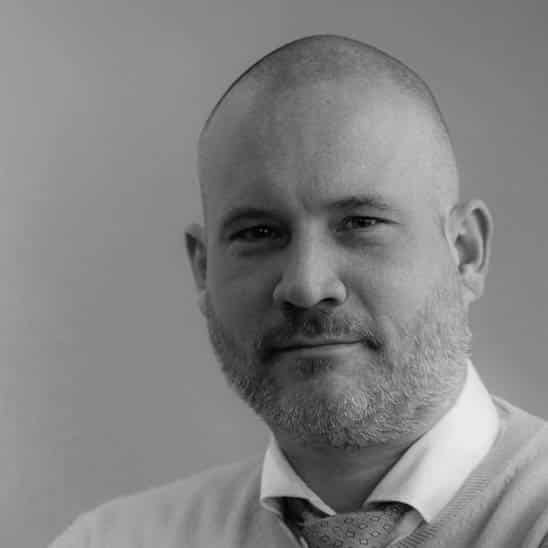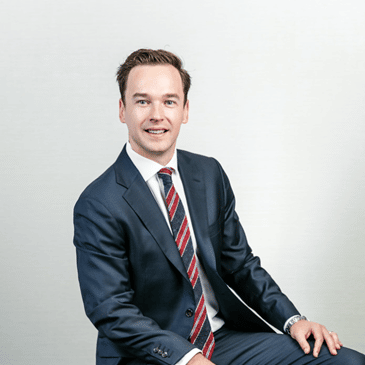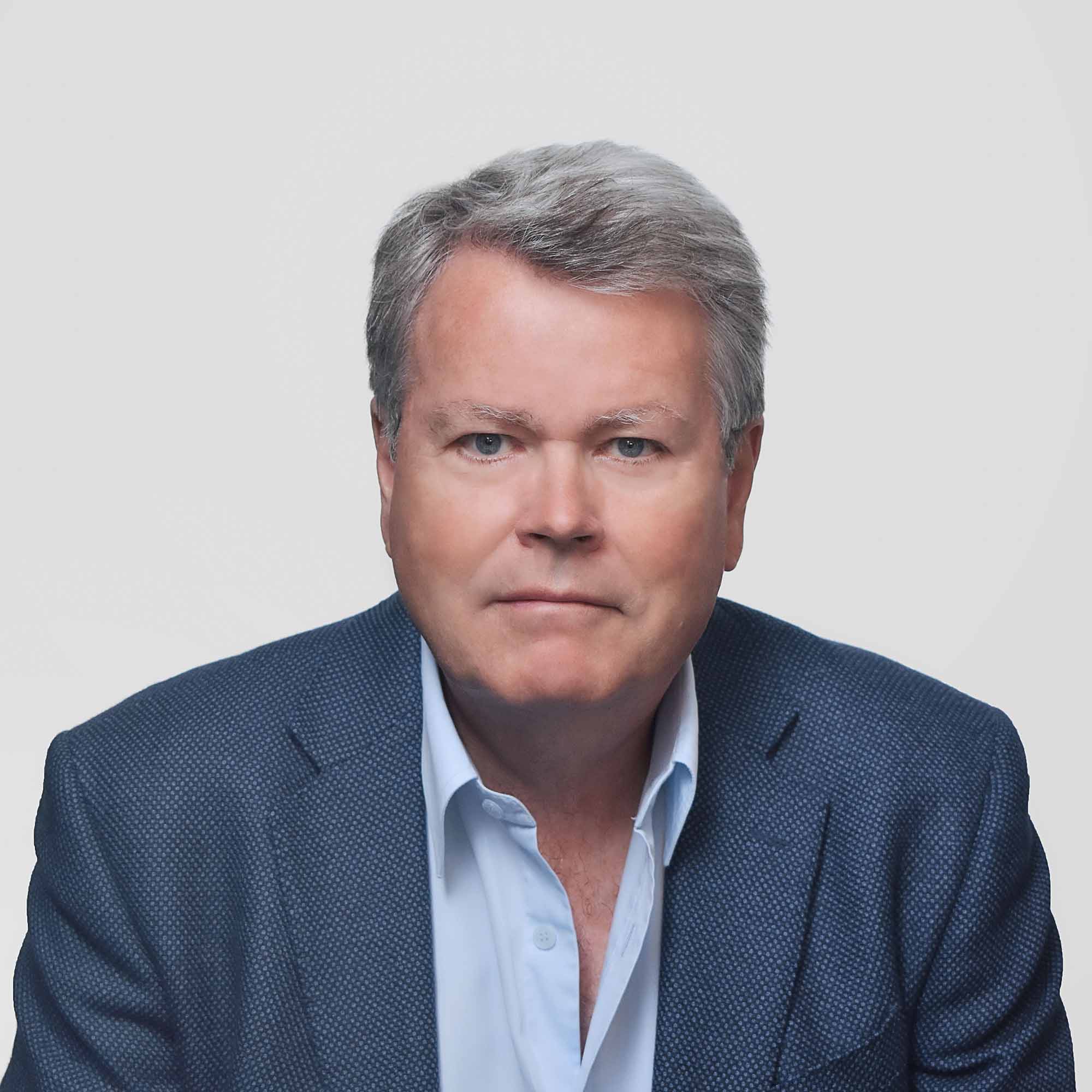-Spain and Portugal are advancing towards auctions
-Vestas is planning a $300 million turbine manufacturing facility in South Korea
Wind farm updates
US
On 30 December 2022, the Massachusetts Department of Public Utilities (DPU) approved long-term Power Purchase Agreements (PPAs) for the Commonwealth Wind and Mayflower Wind projects, despite Avangrid’s earlier motion to dismiss its application with the agency for contracts associated with Commonwealth Wind. Avangrid had previously stated that the terms of the PPA contracts under review were no longer economically tenable, citing global supply chain challenges, inflation, and rising interest rates. This, Avangrid initially sought to renegotiate the terms of its previously agreed upon PPA. The DPU declined to renegotiate, to which Avangrid announced it would back out of the review process for the PPAs in question and re-apply for Massachusetts upcoming state solicitation in April. Now, it appears there may be some resolution.
New York State’s third competitive offshore wind solicitation closed at the end of January and received a record response. The New York State Energy Research and Development Authority (NYSERDA) reports that eight new projects from six developers submitted proposals, including Ørsted, Eversource, Equinor and bp, Renewable and National Grid, Invenergy and energyRE, Rise Light &Power, and Vineyard Offshore. Winners are expected to be announced in early spring 2023.
Europe
Ørsted has submitted applications to build four more large-scale wind farms off Sweden.
This would bring the company’s Swedish portfolio to 18 GW of capacity. If all relevant permits are granted this year, Skåne Havsvindpark, the project that is furthest along in the company’s Swedish portfolio, is expected to come online in 2029. The project has a projected capacity of 1.5 GW. Ørsted also has the 1.5 GW Gotland wind farm, which is scheduled to begin producing energy in 2032.
The four new projects include the 1.5 GW Kattegat, the 4 GW Baltic Central, the 5.5 GW Gävle Öst, and the 4 GW Gävle Väst projects. All four are targeted to begin production in 2032.
At Dogger Bank, the transition pieces have been moved to the quayside, a development which indicates that monopile installation will finally resume after two months with no installation activity. Seaway Strashnov will not kick off the installation campaign due to the need for a yard visit. Instead, a substitute vessel will take Seaway Strashnov’s place for the time being – which vessel will be revealed soon. Seventeen monopiles were already installed last year, and scour protection is close to being completed while the monopile and transition pieces are now fully stacked at the port. Now it is up to the port and vessel to deliver swift loading, transport and installation.
Vessels
Seajack’s flagship jack up vessel Scylla will begin a flexible contract this month for Van Oord where it will take on all tasks required for its projects. Van Oord has several projects in its pipeline, but Scylla will likely be operating in the North Sea at Saint Brieuc, where the vessel can perform various operations like drilling and piling, jacket installation and/or turbine installation.
The ideal task for Scylla on Saint Brieuc will be jacket installation to begin with. Considering that Seajacks and Van Oord have signed a contract extension, it would not be surprising that Scylla will assist or take over the turbine installation from Wind Osprey at Hollandse Kust Noord V. The original contract with Van Oord spanned from February 2023 to November 2023, with the option of extending to December 2023, an option which has now been confrimed. As the contract value is only €2.6 million, an additional payment is likely since the contract has been extended to December 2023. Pushing the contract into 2024 would have a higher vessel cost for Van Oord.
KT Submarine is set to purchase LS Cable & System’s new cable installation vessel. Launched in April 2022, LS Cable & System’s newbuild GL2030 vessel has a capacity of 5,000 tonnes. In the last couple of months, LS Cable & System has established a 16.2% stake in KT Submarine and has an agreement to extend that with another 24.3% to reach a total of 40.5%. In effect, it appears that LS Cable & System will now continue to specialize in cable manufacturing, while KT Submarine will be the entity that will carry out the installation. LS Cable & System has been successful in the European market in the last few months with sizeable cable contract awards for Norfolk Vanguard, Norfolk Boreas, and Thor.
Semco Maritime has received a contract from Cadeler for vessel modifications as part of the upgrade of main crane capacity on the O-class installation vessels Wind Orca and Wind Osprey. Semco has previously fitted new and extended crane booms on these vessels. The work scope covers planning and supplier coordination, fabrication and installation of a new boom rest, reinforcement of the crane pedestal, and various electrical and mechanical upgrades during installation of new GustoMSC cranes.
Semco will begin the fabrication of an estimated 300 tons of steel structures will early this year. Installation is planned for both vessels in the Port of Rotterdam from late 2023 and lasting about five months.
Auctions
Europe
Greece: The Greek government is aiming to accelerate the development of offshore wind with a new revised National Plan for Energy and Climate (ESEK), outlining new ambitious goals in a draft policy announced this month.
The country is proposing in the draft to target 2.7 GW of offshore wind capacity in 2030 and 17.3 GW in 2050. Reaching the 2030 target would be a big step up for Greece, which currently has no commercial offshore wind parks and waters mostly requiring floating installations. The first allocation round for development rights is currently proposed to open Q4/2026 – Q1/2027 and awarded Q4/2027 at the earliest.
Poland:The Polish Ministry of Infrastructure has announced the three first results from the 2022 application rounds. For the first area 53.E.1, the Ministry declined to award a seabed lease to any developers, citing shortfalls in meeting the minimum award criteria. According to the Minister of Infrastructure, the bids did not meet the minimum required start and completion dates for construction and operation of the project. Furthermore, no developer could commit to secure permission in 2023.
“Since none of the applicants have achieved the qualification minimum, the Minister of Infrastructure considers the proceedings unresolved,” the Ministry added in a statement.
The developers bidding in the area include Shell, Equinor, PKN Orlen, RWE and EDF Renewables. Although attracting bids from large developers, the 53.E.1 area was among the least popular in the 2022 rounds.
Polish PGE won the two next areas, 43.E.1 and 60.E.3, scoring highest among the bids that met the minimum requirements. In both cases EDF scored second best. The results of further two areas, 60.E.4 and 44.E.1, are expected soon, with the remaining 6 sites expected in late Q2.
Portugal:The Portuguese Government has published the proposed development areas for offshore wind in the country, outlining an impressive 11 GW of potential capacity for future projects.
The “Preliminary proposal of spatialized areas and points for the connection to the National Electricity Network” outlines development areas between 70 – 200 meters depth with a capacity of 10 GW total, with an additional 1 GW on depths maximum 50 meters. The largest of the development areas is the Figueira da Foz area, with a total of 4.0 GW capacity. Given the depth outlined in the proposal, most of the areas will require floating projects.
The public consultation on the proposed areas will start Monday January 30, and run until March 10. The auction to award offshore development areas is currently scheduled for Q4 2023.
Spain:Spain’s Ministry of Ecological Transition is preparing to give the green light to offshore wind energy in Spain. The Royal Decree on the regulation of maritime management plans (POEM) was expected to be approved in late January. This is the first step towards offshore wind development in the country. Secondly, the country must approve the sector scheme before it may be able to launch the auctions in the second half of this year. There have been several projects announced by large developers such as Iberdrola, Cobra Group and Equinor. However, most announced projects in the last year are from local actors. Having a proper framework in place may attract a more international audience.
APAC
The Australian Government has opened the country’s first offshore wind area for feasibility license applications. The Gippsland area off the coast of Victoria was declared suitable for offshore projects last December, a move seen as the first step in the development of offshore wind projects in Australia. Developers may submit applications until 27 April 2023, after which time the Offshore Wind Registrar will make recommendations to the Minister of Climate Change and Energy on projects for further development.
Regulatory
US
The US Bureau of Ocean Energy Management (BOEM) has reviewed the responses to its August 2022 Request for Interest (RFI) to gauge commercial interest in wind energy leases in the Gulf of Maine. Based on this feedback and spatial analysis conducted with the National Oceanic and Atmospheric Administration’s National Center for Coastal and Ocean Science (NCCOS), BOEM has decided to reduce the area by about 27%.
Initially, the area under consideration consisted of approximately 13.7 million acres. Following the reduction, the area now consists of 9.9 million acres. BOEM is now seeking feedback on the reduced area and the model being developed in partnership with the NCCOS. The model will be used in the next phase of the planning process to aid in identifying offshore areas that are the most suitable for commercial wind activities, while minimizing potential conflicts with marine life and all ocean users. Multiple in-person and virtual sessions were scheduled throughout the remainder of January.
The US Department of the Interior (DOI) has transferred the governing of renewables regulations from the BOEM to the Bureau of Safety and Environmental Enforcement (BSEE). Key authorities transferred to BSEE include, but are not limited to:
- Evaluating and overseeing facility design, fabrication, installation, safety management systems and oil spill response plans
- Enforcing operational safety through inspections, incident reporting, and investigations
- Enforcing compliance, including safety and environmental compliance, with all applicable laws, regulations, leases, grants, and approved plans through notices of noncompliance, cessation orders, civil penalties, and other appropriate means
- Overseeing decommissioning activities
Regulatory authority for the following functions remains with BOEM:
- Determining areas suitable for siting offshore wind energy facilities
- Issuing leases, easements and rights-of-way for activities that produce or support the production, transportation, or transmission of offshore energy or energy resources
- Reviewing and approving or approving with modifications or disapproving plans, including construction and operations plans, site assessment plans, and general activities plans, required for authorizing offshore renewable energy development
- Conducting analyses under the National Environmental Policy Act and other environmental studies and incorporating mitigation measures into plan approvals to avoid or minimize harm to the marine, coastal, or human environments
Cables
Hitachi Energy has secured orders from Equinor and Polenergia to provide an AC grid connection and power quality solution for the MFW Baltyk II and MFW Baltyk III offshore wind farms in the Polish sector of the Baltic Sea. Hitachi will provide each of the farms with an offshore grid connection, an onshore grid connection, and a STATCOM power quality solution. The combined capacity for MFW Baltyk II and MFW Baltyk III is 1,440MW. A final investment decision on the project is expected in 2024, with first power expected in 2027.
Facilities
Vestas has agreed to spend $300 million on developing a turbine manufacturing capability in South Korea. Details around this latest move from Vestas remain rather vague, with no clear visibility on locations or volumes. However, it is expected that Vestas will move its Asia-Pacific headquarters to South Korea from Singapore.
Both South Korea and Japan have seen a number of announcements from the major turbine suppliers regarding both co-operation agreements and new facilities in the last 18 months. Most recently GE and Hyundai Engineering confirmed a new factory in South Korea to manufacture the Haliade-X model. Doosan Enerbility also announced a collaboration with Siemens Gamesa back in June 2022.
